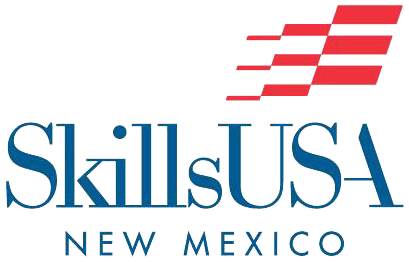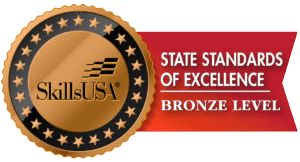Career and Technical Education
This is an exciting time for CTE teachers and SkillsUSA advisors. The country needs highly-trained employees in both technical and employability skills to begin to bridge the skilled labor gap. There has never been a better time to be skilled in America and we believe there has never been a better time to be involved in CTE and SkillsUSA.
More information about the importance of CTE can located through the
Association for Career and Technical Education (ACTE).
CTE Works for High School Students
High school students involved in CTE are more engaged, perform better and graduate at higher rates.
- Taking one CTE class for every two academic classes minimizes the risk of students dropping out of high school.
- The average high school graduation rate for students concentrating in CTE programs is 93 percent, compared to an average national freshman graduation rate of 80 percent.
- 91 percent of high school graduates who earned 2-3 CTE credits enrolled in college.
CTE Works for College Students and Adults
Postsecondary CTE fosters postsecondary completion and prepares students and adults for in-demand careers.
- Students can attend public community and technical colleges for a fraction of the cost of tuition at other institutions: $3,520, on average, in 2016-2017.
- According to research in Texas, Colorado and Virginia, graduates with technical or applied science associate degrees out-earn bachelor’s degree holders by $2,000 to $11,000.
- 27 percent of people with less than an associate degree, including licenses and certificates, earn more than the average bachelor’s degree recipient.
CTE Works for Business
CTE addresses the needs of high-growth industries and helps close the skills gap.
- Half of all STEM jobs call for workers with less than a bachelor’s degree.
- Health Care occupations are projected to grow 18 percent by 2026, adding more than 2 million new jobs.
- 3 million workers will be needed for the nation’s infrastructure in the next decade, including designing, building and operating transportation, housing, utilities and telecommunications.
- Almost half of the energy workforce may need to be replaced by 2024, and demand for solar and wind energy technicians will double.
- More than 80 percent of manufacturers report that talent shortages will impact their ability to meet customer demand



